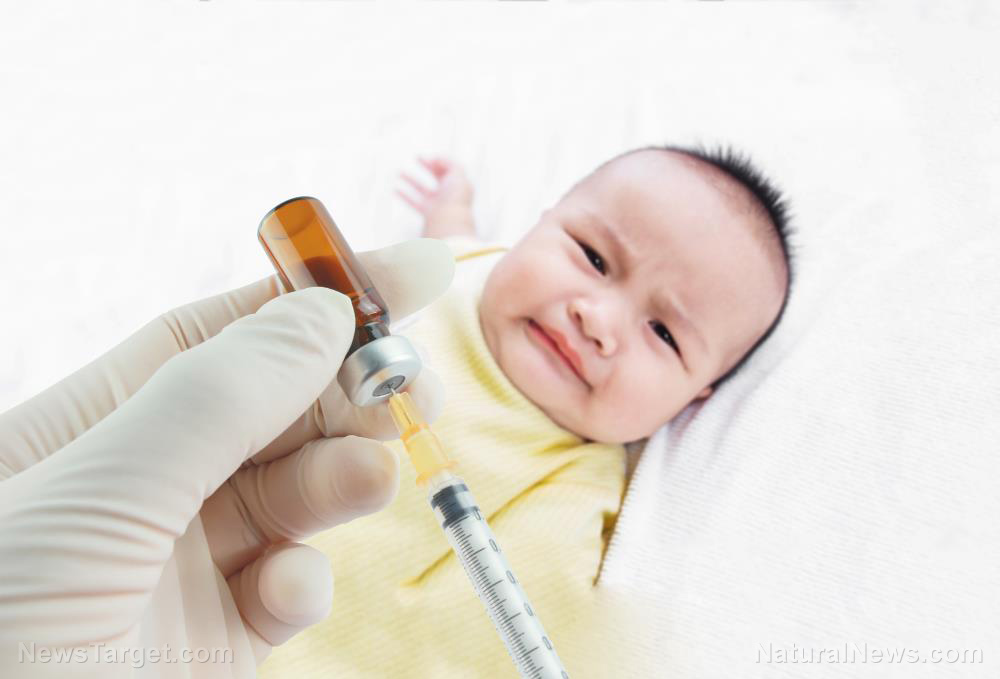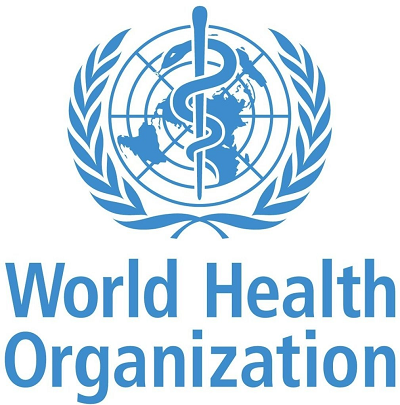The more vaccines a baby gets, the higher the likelihood of sudden death: STUDY
02/10/2023 / By Ethan Huff

New research published in the peer-reviewed journal Cureus on February 2 shows that vaccine uptake is directly correlated to infant mortality – meaning the more vaccinations a baby receives, the greater the likelihood of sudden death.
Authors Gary S. Goldman, PhD, an independent computer scientist, and Neil Z. Miller, a medical researcher, confirmed once again what they determined more than a decade ago: that there is a positive statistical correlation between infant mortality rates (IMRs) and the number of vaccine doses a baby receives.
Entitled ” Reaffirming a Positive Correlation Between Number of Vaccine Doses and Infant Mortality Rates: A Response to Critics,” the paper states that “positive correlation between the number of vaccine doses and IMRs is detectable in the most highly developed nations.”
Replicating the same statistical analysis they used back in 2011 to arrive at the same conclusion, Goldman and Miller affirmed once again that vaccination programs are the bane of childhood health. What was billed to us as beneficial for public health is actually a detriment to it, the new study confirms.
(Related: Even before covid, studies showed that the more vaccine injections a baby is given, the greater his or her likelihood of suffering from sudden infant death syndrome [SIDS].)
Countries that don’t vaccinate their children much see very few sudden infant deaths, data shows
Goldman and Miller’s first paper was published in the peer-reviewed journal Human and Experimental Toxicology. It explains that IMR is one of the most important indicators of socioeconomic well-being and public health conditions in a country.
“The U.S. childhood immunization schedule specifies 26 vaccine doses for infants aged less than 1 year – the most in the world – yet 33 nations have lower IMRs,” the first study explains.
“Using linear regression, the immunization schedules of these 34 nations were examined and a correlation coefficient of r = 0.70 (p < 0.0001) was found between IMRs and the number of vaccine doses routinely given to infants.”
The “r,” in this context, refers to the correlation coefficient, a number that ranges from -1 to 1. Any number above zero is considered to be a positive correlation, while any figure between 0.6 and 0.79 is considered to have a “strong” positive correlation.
This means that at 0.70, vaccines are at the upper end of “strong” in terms of having a positive correlation to IMR – a figure of 0.8 and above is considered to be a “very strong” positive correlation.
The “p-value,” in this context, refers to the extent to which the predictor’s value, in a linear regression analysis, is related to changes in the response variable. Any p-value below 0.05 is considered to be statistically significant, suggesting that the predictor and the response variable are related to each other and move in the same direction.
All in all, both the first study and this latest one confirm that in countries like the United States where the childhood vaccination schedule is voluminous, IMRs tend to be much worse – this compared to countries that do not vaccinate their children much and have better IMRs.
“In 2011, we published a study that found a counterintuitive, positive correlation, r = 0.70 (p < .0001), demonstrating that among the most highly developed nations (n = 30), those that require more vaccines for their infants tend to have higher infant mortality rates (IMRs),” Miller told The Defender about he and Goldman’s latest work.
“Much more research needs to be done in this field, but more studies will only achieve limited positive change until more individuals and families begin to make the connection between vaccines and adverse events.”
“Also, legislators and health authorities must permit people to accept or reject vaccines without intimidation or negative consequences.”
Vaccines are covert genocide hidden in plain sight. To learn more, visit Vaccines.news.
Sources for this article include:
Submit a correction >>
Tagged Under:
This article may contain statements that reflect the opinion of the author
RECENT NEWS & ARTICLES
BadMedicine.News is a fact-based public education website published by BadMedicine News Features, LLC.
All content copyright © 2019 by BadMedicine News Features, LLC.
Contact Us with Tips or Corrections
All trademarks, registered trademarks and servicemarks mentioned on this site are the property of their respective owners.




















